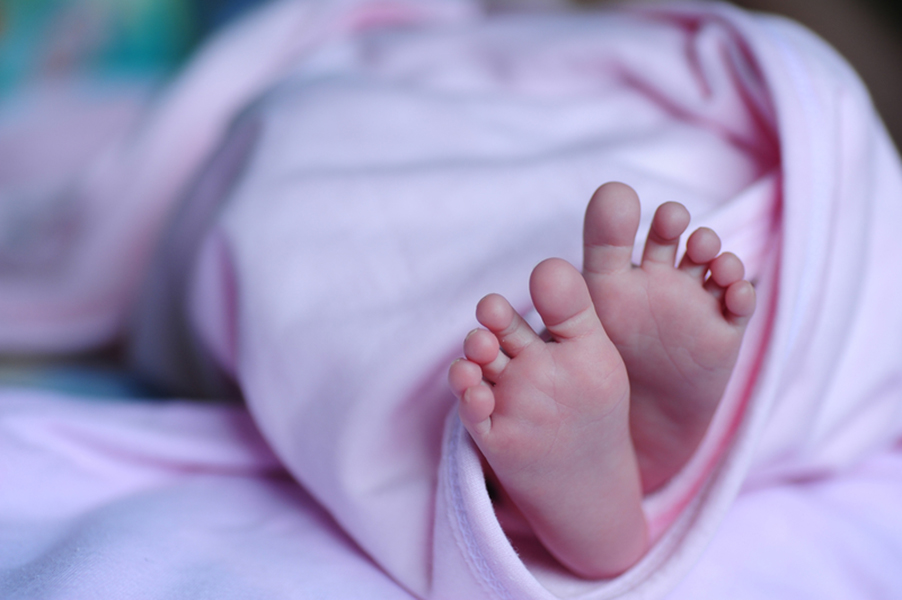If a woman has human immunodeficiency virus (HIV) and becomes pregnant, it is very important that we prevent the transmission of this disease from mother to child. There are many ways to prevent this transmission (e.g. the mother starts taking HIV medication right away, cesarean section delivery, limited breastfeeding, and the baby gets HIV medication as soon as they are born). In recent years, this prevention of mother to child transmission of HIV resulted in reduced numbers of infant HIV infections. However, this means that there are many babies who are exposed to the mother’s HIV virus as a fetus, but the babies are not infected with HIV themselves . These infants are known as HIV-exposed uninfected infants, and they are at higher risk of serious health complications than infants that are HIV-unexposed, including more hospitalizations, health care visits, infections, and death. It is still not entirely clear why this is, so researchers in Belgium studied the rates of hospitalizations lasting longer than 24 hours for infection in HIV-exposed uninfected versus HIV-unexposed infants over their first year of life.
This study included 130 HIV-infected and 120 HIV-uninfected mothers, and from these pregnant women, 132 HIV-exposed uninfected children and 123 HIV-unexposed children were also enrolled in the study at birth. The HIV-exposed uninfected children were born earlier (fewer weeks of pregnancy), and had lower birth weight than the HIV-unexposed children. Furthermore, none of the HIV-exposed uninfected children were breastfed, but 95% of the HIV-unexposed children were breastfed for 6 months (on average). During the first year of life, 27 of the 132 HIV-exposed uninfected children were hospitalized 34 times, and 14 of the 123 HIV-unexposed children were hospitalized 18 times. Therefore, HIV-exposed uninfected children were almost twice as likely to be hospitalized than the HIV-unexposed children.
Interestingly, infection hospitalization for the HIV-exposed uninfected children differed depending on when their mothers started on their HIV medication. If the mother started on HIV medication during their pregnancy, the HIV-exposed uninfected children were almost 4 times more likely to be hospitalized compared to the HIV-unexposed children. However, if the mother started on HIV medication before she became pregnant, than the HIV-exposed uninfected children were only 1.4 times more likely to be hospitalized compared to the HIV-unexposed children. Therefore, it seems to be better for the child’s health that the mother start on HIV medication before they become pregnant (if they know they have HIV before trying to get pregnant).
The researchers also looked at the immune system of the newborns, to see if there were any differences that could explain the hospitalization differences. They found that HIV-exposed uninfected newborns did not have as many antibodies transferred to them from their mothers as the HIV-unexposed infants did. This means that at birth, those HIV-exposed uninfected newborns could be immunized in order to prevent those hospitalizations for infections.
The World Health Organization recommends that all HIV-infected women should be on HIV medication for the rest of her life as soon as she gets diagnosed with HIV. Therefore, this study shows that not only will that help HIV-exposed infants to not get HIV, but could also help with them receive more antibodies from their mothers, and prevent hospitalizations for infections.


